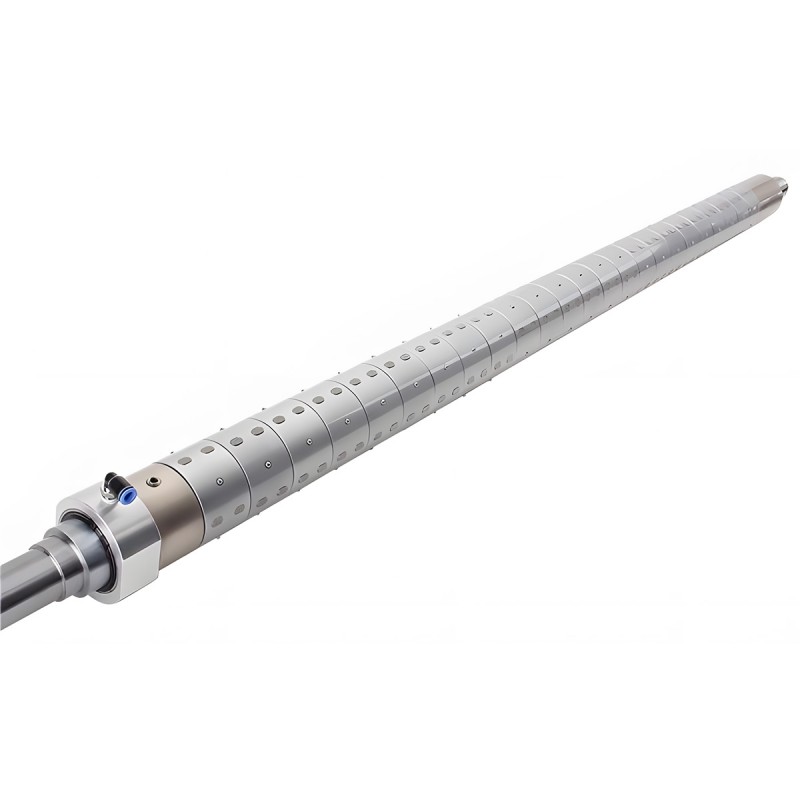Drying Chamber Curing Chamber Technology Type Advantages and Disadvantages
2025-07-03
Drying chambers and curing chambers are widely used in industries such as food processing, pharmaceuticals, electronics, composites, and construction materials. Each technology type has distinct working principles and characteristics. Below is a summary of the main types, along with their advantages and disadvantages:
1. Hot Air Circulation Drying Chamber
Technology: Uses heated air (via electric or gas heaters) circulated by fans to dry materials.
Advantages:
Simple structure, easy to operate.
Uniform temperature distribution.
Low maintenance cost.
Disadvantages:
Slower drying speed for dense materials.
High energy consumption.
Not suitable for heat-sensitive materials.
2. Infrared Drying Chamber
Technology: Uses infrared radiation to heat the surface of materials directly.
Advantages:
Fast surface drying.
Efficient for flat or thin materials.
Lower heat loss compared to hot air.
Disadvantages:
Limited penetration depth.
May cause surface overheating or cracking.
Uneven drying if not calibrated correctly.
3. Microwave Drying Chamber
Technology: Uses microwave energy to excite water molecules inside the material, heating it from within.
Advantages:
Rapid and uniform drying.
Suitable for heat-sensitive and high-value materials.
Saves time and space.
Disadvantages:
High equipment cost.
Difficult to control drying uniformity in large loads.
Safety concerns with microwave leakage.

4. Vacuum Drying Chamber
Technology: Removes moisture under reduced pressure, lowering the boiling point of water.
Advantages:
Ideal for thermally sensitive materials.
Prevents oxidation and contamination.
High product quality retention.
Disadvantages:
Expensive installation and maintenance.
Slower throughput compared to conventional dryers.
Requires careful vacuum sealing and operation.
5. Steam or Moist Heat Curing Chamber
Technology: Uses saturated steam or moist heat to cure materials (common in concrete and composites).
Advantages:
Accelerates curing time.
Improves strength and durability of final product.
Uniform curing for bulk materials.
Disadvantages:
Requires water supply and pressure systems.
Risk of mold growth if not properly vented.
High humidity may damage electronics or coatings.
6. UV or Light Curing Chamber
Technology: Uses ultraviolet or visible light to cure coatings, adhesives, or polymers.
Advantages:
Extremely fast curing time.
Low energy usage for small-scale setups.
No thermal damage to substrates.
Disadvantages:
Limited to UV-reactive materials.
Health hazards from UV exposure.
Surface curing only (no deep penetration).
As a professional manufacturer and supplier, we provide high-quality products. If you are interested in our products or have any questions, please feel free to contact us.


